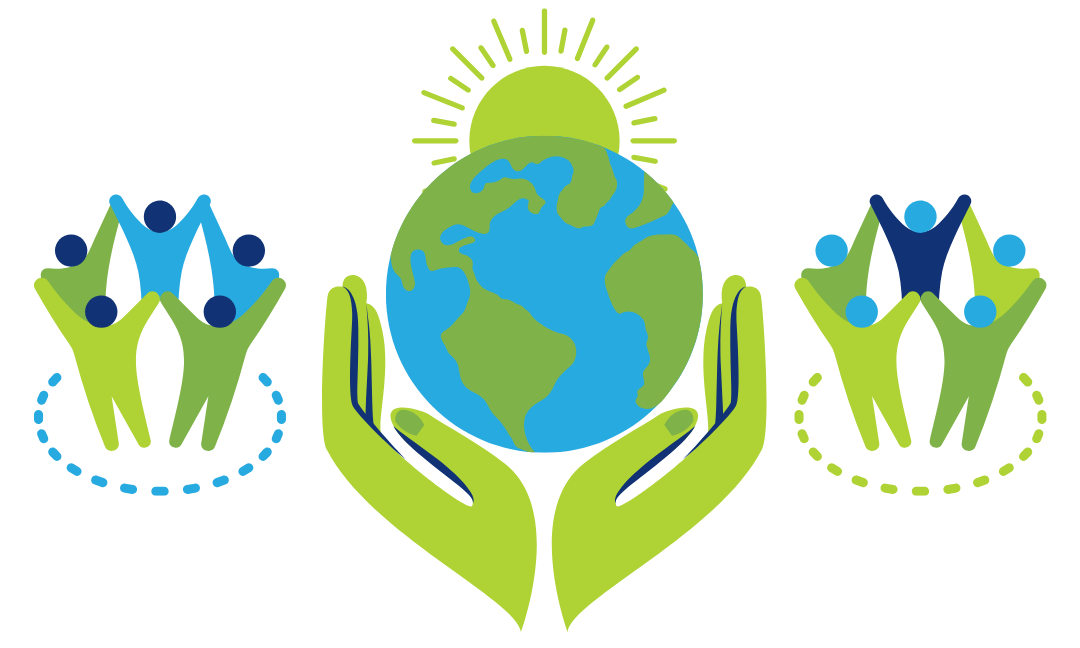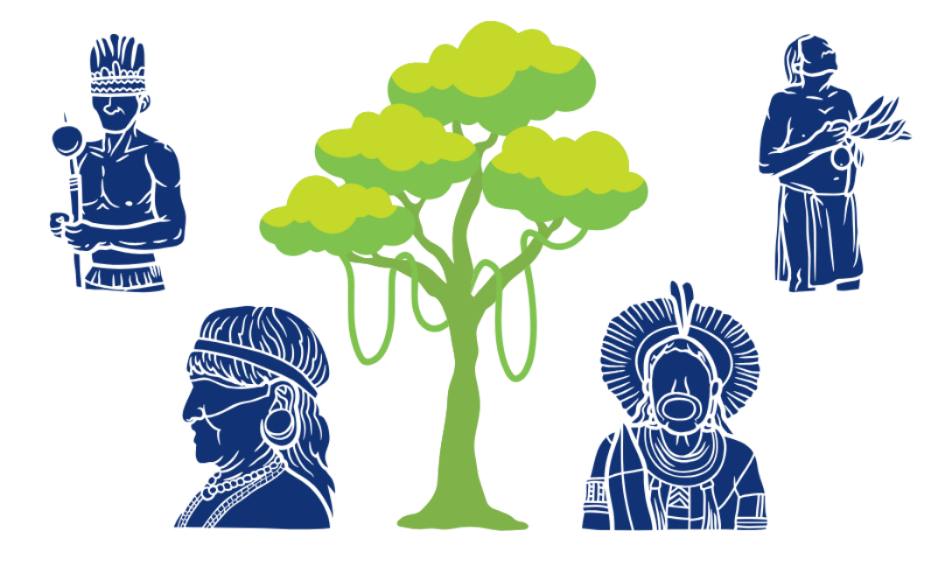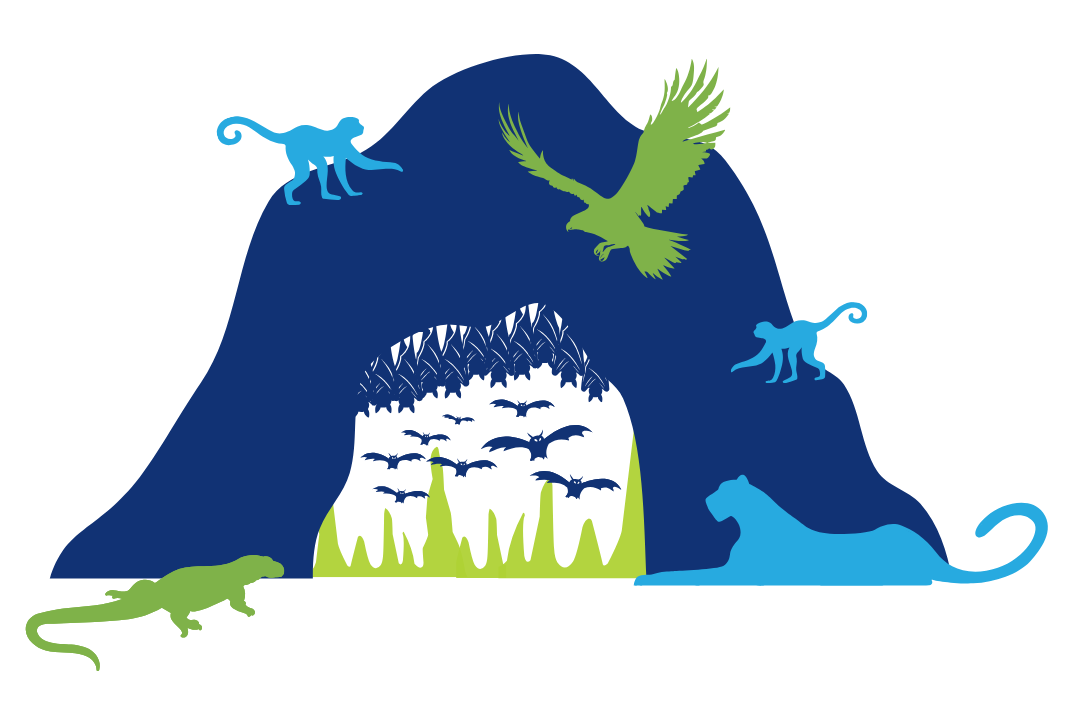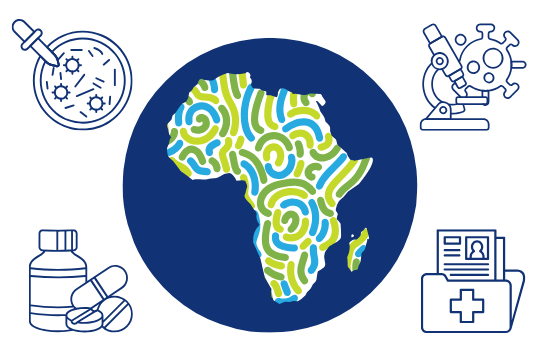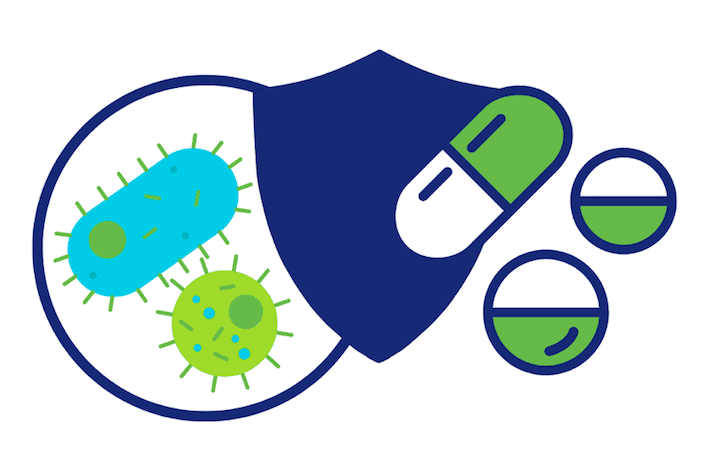
In this episode, our guest, Dr. Lance Price, discusses the phenomenon often dubbed “the silent pandemic”, antimicrobial resistance (AMR), with our host, Maggie Fox.
What causes antibiotics to stop working? What will a world without effective antibiotics look like? How can we fight to stop the present and growing crisis of AMR? Let’s find out!
Maggie Fox:
Hello, and welcome to One World, One Health, where we bring you the latest ideas to improve the health of our planet and its people. I’m Maggie Fox.
Our planet faces many challenges: pollution, climate change, and new and reemerging infectious diseases like COVID. This podcast is brought to you by the One Health Trust, with bite-sized insights into ways to help planet Earth.
In this episode, we’re looking at what the World Health Organization has called an existential threat to humanity: antimicrobial resistance. We’re talking to Lance Price, a professor at George Washington University who is the founding director of the Antibiotic Resistance Action Center. He helps individuals and governments look for policies to help stop some of the practices that are accelerating the rise of drug-resistant germs and bugs that killed 5 million people in 2019 alone.
Dr. Price, thanks for taking the time to talk to us. Can you tell us how these antibiotic-resistant bacteria come about in the first place?
Lance Price:
I think most of the time, what’s happening is that we’re carrying around low levels of drug-resistant bacteria that we picked up somewhere else. Maybe we picked it up in the food supply, and now they’re living in our guts, or we inadvertently introduce drug-resistant staph into our nose. And it’s sort of living there, right?
But then, when we take an antibiotic, we knock back the non-resistant bacteria that live in our gut or in our nose, and those resistant strains have a chance to thrive. So they out-compete those susceptible strains, and we end up having a lot of those bacteria in our guts. I think that’s probably the primary way that antibiotic use in human medicine today is sort of fueling the spread, the emergence of drug-resistant strains.
But, you know, they are evolving somewhere. And so, in some cases, you know, this does happen, but that’s the evolution within the person. But I think that’s a lot more rare.
Maggie Fox:
So in most cases, people are becoming infected with bacteria that are already resistant?
Lance Price:
Yeah, I think most of the molecular studies that we’ve done and evolutionary studies suggest that the mutations and the gene acquisitions that lead to bacteria becoming resistant to antibiotics… those events are pretty rare. But the transmission, and the sort of silent transmission of those, is probably pretty common. So we’re all getting exposed to these things all the time.
A lot of these bacteria that we’re interested in are opportunistic pathogens. They’re colonizing opportunistic pathogens, so they basically can colonize our bodies without any symptoms. And they’re just sort of hanging out, waiting for that opportunity to cause an infection.
And so, when they’re hanging out in our body or on our bodies, and we take those antibiotics, we give them an advantage, right? We allow them to thrive and grow.
The other thing that happens, besides that colonization part, is that fairly aggressive strains have become resistant to antibiotics too. So, you know, those opportunistic infections are taking place by resistant strains. And when the doc goes to treat the patient, that treatment fails.
Maggie Fox:
Of course, carrying bacteria isn’t necessarily a bad thing, right?
Lance Price:
We’re walking ecosystems. The microbiome, for the past decade, has become really a hot topic in science. And I think it’s really required this sort of reevaluation of our relationship to microbes in medicine.
We sort of treated the body as if it should be sterile, right? And that when there’s bacteria there, there’s a problem. But what we now realize is that it’s just the opposite. Bacteria and diverse bacterial communities are usually a sign of health. And it’s just that when we get infected, and when we get the bacteria into the wrong place, that we have a problem.
Since the 1940s — really, almost as long as there have been antibiotics in clinical medicine — food animal producers have been using them in low doses to make animals grow faster and to use their feed more efficiently. They never knew why this worked. The data aren’t really that great — at least the publicly available data aren’t that great as far as how well it works — but there’s a reason they’re using it, right? So, they’re giving them antibiotics because they think they’re saving money on feed and time.
For me, I mean, the biological questions of how this works — and why it works — is sort of a sideshow. This is an abuse of antibiotics; it’s an abuse of life-saving medicine. We’re using them as cheap production tools, instead of holding them up as these precious things that can lose their utility and lose their effectiveness the more we use them. And so, as we use them to save money in animal production, we’re undermining their utility for human medicine or even animal medicine.
Maggie Fox:
What difference does it make to people if farmers feed antibiotics to their livestock?
Lance Price:
Well, it wouldn’t make a difference if those animals were living in some sort of vessel and, you know, they never defecated, and those feces were never spread into the environment. Or, when we chopped them up into meat, they somehow sterilized that meat before they delivered it.
But what happens in real life is that you’re fueling growth when you give the animals antibiotics. You’re fueling the evolution — or at least the selection of drug-resistant bacteria within those animals. They then have lots of drug-resistant bacteria in their guts when we chop up those animals and on their skin and in their noses.
And when we chop up those animals to make meat, we inevitably contaminate some of that meat with those drug-resistant bacteria. Then, we package up that meat and we deliver it to grocery stores across the country, right?
So we have this, this great system — great, I put in air quotes, “great system” — for driving the emergence of drug-resistant bacteria in these animals. And then we have this delivery system for getting them to people.
And that’s just the foodborne route. Then there’s also the environmental route and occupational route. So the people that are working with these animals are at excess risk for picking up these drug-resistant bacteria.
Then there’s the environmental risk, right? These animals all defecate. What do we do with that feces? We pile it up, and then we apply it to land as fertilizer. So, we’re introducing this into the environment.
And then, you can have runoff events when it rains. That drug-resistant bacteria can be introduced into streams, and then that can end up contaminating vegetable crops, right? So, it’s a big problem.
Maggie Fox:
So what can we do about it?
Lance Price:
I think the first thing we do is we — as a global community — appreciate the lifesaving capacity of these drugs, and we treat them accordingly, right? So, we only use them when absolutely necessary, both in animals and in people.
What you should be doing is raising the animals in a way that promotes their health rather than their illness. We have a system right now, this industrialized animal production system, that really promotes sickness. You crowd animals together, you stress them out, and you raise them in a way that makes them sick. And then, you use antibiotics to try to prevent those illnesses. That’s a broken system.
We need new antibiotics, right? So there are some bacteria — just some strains of drug-resistant bacteria — that have evaded most and dangerously close to all of our good, safe antibiotics. So, we need new antibiotics for those. But the last thing that we need to do is just dump those into the same system that’s led to the evolution of drug-resistant bacteria in the past. And it’s foolish to think that we wouldn’t just see resistance emerge, you know, within a couple of years. If you look at the pattern, that’s exactly what’s happened.
Every time a new antibiotic’s been introduced, resistance emerges, and it seems to emerge more quickly each time. Because, who knows, ecologically, why? But I think the most important thing — or the thing that we have to do in parallel with developing new antibiotics — is to develop systems that can sustain those new antibiotics.
Maggie Fox:
Can you describe for us a world where antibiotics have stopped working?
Lance Price:
We have a hard time fathoming it because we’ve always had another drug. And even the docs that are dealing with these extensively resistant bacteria, I think they actually — most in high-income countries anyway — don’t know what it’s like to cross that threshold of really resistant to pan-resistant.
Because with really resistant bacteria, when you throw everything you’ve got, you still stop the infection, right? So if you throw everything you have at a septic patient, one of those drugs is going to work. And you’re going to save their life.
But as soon as you have bacteria that are resistant to everything, and somebody gets sepsis with that strain, you throw everything you’ve got, and that person dies, right? Because with sepsis especially, every hour that you delay successful treatment, the risk of death goes way up.
You know, most urinary tract infections are caused by E. coli. Most people don’t know that. It’s like 80% or more. And we now have strains of E. coli that are really, really close to pan-resistant.
As soon as those bacteria go from susceptible to pan-resistant, a UTI (urinary tract infection) goes from a painful annoyance that’s easily cured with an antibiotic (…you know, you can drink it with cranberry juice or water or whatever, but it’s that antibiotic that kills the infection) to a potentially deadly infection. Because that bladder infection can ascend and that cystitis, that infection that’s in the bladder, can ascend up the ureters into the kidneys. And then once it’s in the kidneys, it has access to the blood, right?
So then, bacteria growing in the blood is really, really dangerous. And you can get a more serious form of bloodstream infection, which is sepsis. And then your whole body is like, basically shutting down, and you need drugs to treat those infections.
I see this challenge, this threat, second only to climate change. But unlike climate change, this is something that I think we could tackle in high-income countries. We could tackle this in 10 years with concerted effort. And in low- and middle-income countries… If we really put even a fraction of the money and effort that we put into battling COVID, I think that we could really start to get this under control in a few decades (in low- and middle-income countries).
And that’s what we have to do, right? We need a campaign, a global campaign on the scale of, you know, the pink ribbon campaigns and these Stand Up to Cancer and other campaigns that have been so successful in helping people understand what’s at stake.
Maggie Fox:
Dr. Price, thanks for sharing your insights.
You can share this podcast, which is brought to you by One Health Trust, by email, on Twitter, or on your favorite social media platform. And let us know what else you’d like to hear about at [email protected]. Thanks for listening.
Guest

Dr. Lance Price is a Professor at the George Washington University’s Milken Institute School of Public Health and the Founding Director of GW’s Antibiotic Resistance Action Center. Dr. Price works at the interface between science and policy to address the growing crisis of antibiotic resistance. His research, retracing the ecology, evolution, and epidemiology of antibiotic-resistant bacteria, has been published in top peer-reviewed journals and covered in media outlets around the world.
Credits
Hosted and written by Maggie Fox
Special guest: Lance Price
Produced and edited by Samantha Serrano
Music composed and sound edited by Raquel Krügel
Transcript created by Harsh Pingle; edited by Siddhi Camila Lama



